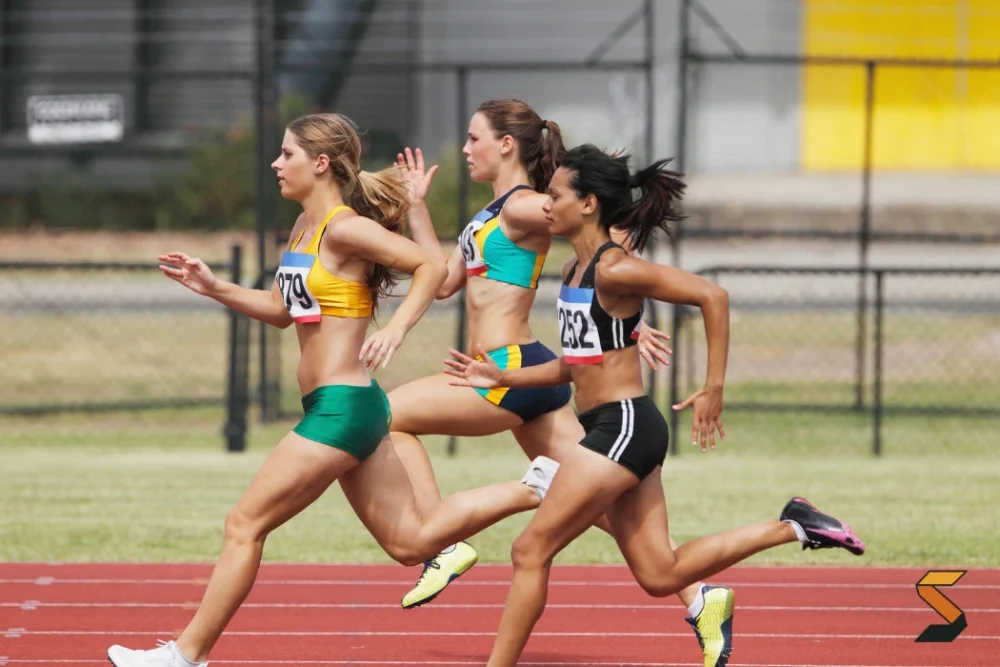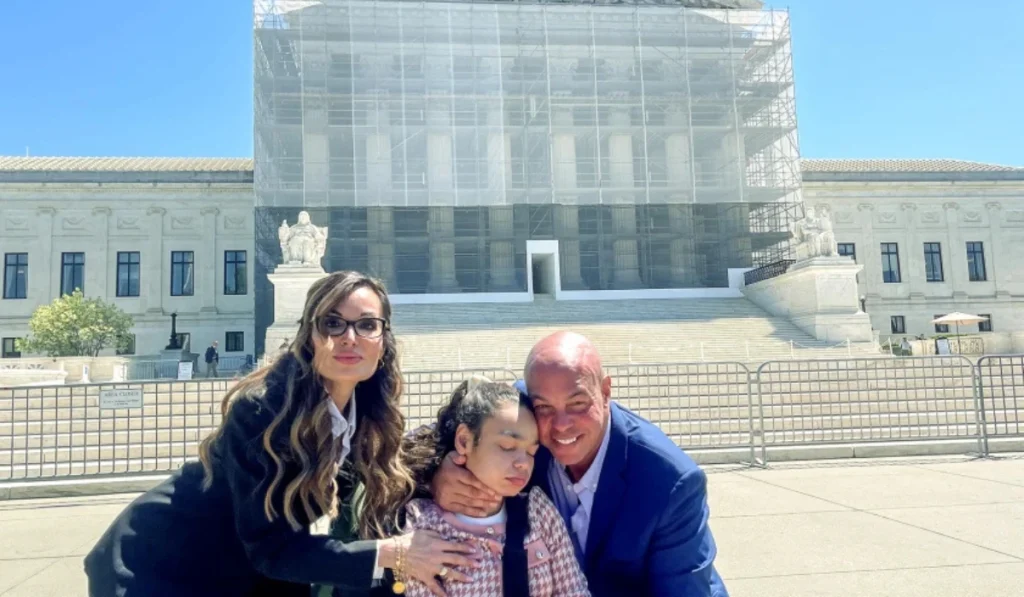A landmark settlement aimed at compensating college athletes for Name, Image, and Likeness (NIL) opportunities is facing a significant legal challenge, as a group of eight female athletes has filed an appeal, arguing the deal violates Title IX and shortchanges women’s sports by an estimated $1.1 billion. This appeal has put the more than $2 billion in back damages, initially slated for distribution by July 21, on an indefinite pause.
The appeal, led by athletes from Vanderbilt, College of Charleston, and Virginia competing in soccer, volleyball, and track, contends that the settlement disproportionately favors male athletes, particularly in football and men’s basketball. According to court documents, 90% of the back-damage cash is earmarked for football and men’s basketball players, who have historically generated the most TV revenue and featured prominently in college sports video games. These athletes are projected to receive approximately $91,000 in broadcast NIL, with a range of $15,000 to $280,000, and up to $800,000 for those with the most lost opportunities.
Attorney Ashlyn Hare, representing the appealing athletes, stated that while they support a settlement, “the calculation of past damages is based on an error that ignores Title IX and deprives female athletes of $1.1 billion.” She emphasized that “paying out the money as proposed would be a massive error that would cause irreparable harm to women’s sports.” The appeal, filed in a California federal court, will be heard by the U.S. Court of Appeals for the Ninth Circuit.
NCAA President Charlie Baker noted that the governing body has $285 million in escrow awaiting court permission for distribution. The overall “House” settlement agreement, a 10-year deal, aims to avoid a potential $20 billion in back damages, with the NCAA responsible for annual payments of $277 million over the next decade. This funding will largely come from a reduction in distribution to institutions (60%) and reduced operating expenses (40%).
The Growing Value of Female Athletes in College Sports
The Title IX appeal highlights a broader conversation about the significant and often underestimated value of female athletes in college sports. While historical media rights deals and marketing efforts have heavily favored men’s sports, particularly football and men’s basketball, the landscape is rapidly evolving.
Women’s sports, particularly women’s basketball, have seen unprecedented growth in viewership, fan engagement, and commercial interest. The “Caitlin Clark Effect” is a prominent example, demonstrating the immense economic impact a single female athlete can have, driving record-breaking crowds and millions of TV viewers, and even increasing local GDP.
Globally, revenues from women’s elite sports are surging, with projections to exceed $2.3 billion in 2025. This growth is driven by increased brand recognition, rising fan engagement, and more lucrative sponsorship deals. Commercial revenue, including sponsorships, partnerships, and merchandising, is expected to remain the largest driver, totaling $1.26 billion or 54% of revenue in 2025. Basketball and soccer are anticipated to be the top revenue-generating women’s sports globally.
Despite this undeniable growth, a significant disparity in financial investment and media exposure has historically persisted. A 2021 independent gender equity report commissioned by the NCAA found its revenue distribution plan “inconsistent with the NCAA’s stated commitment to gender equity.” The report noted that the NCAA grossly underestimated the value of women’s basketball for decades, structuring deals that hindered its financial success.
The current appeal underscores the argument that if Title IX were properly applied, the economic contributions and earning potential of female athletes would be recognized more equitably in such settlements. The ongoing legal battle will likely shape the future of athlete compensation and gender equity in college athletics, potentially leading to a more balanced distribution of revenue and opportunities for all student-athletes.





